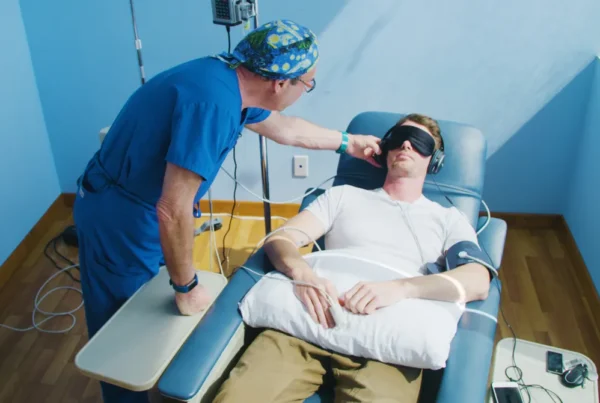Post-Traumatic Stress Disorder (PTSD) has been a growing concern globally. It is a mental health condition that can develop after a person experiences or witnesses traumatic events such as natural disasters, accidents, or violence. The symptoms include anxiety, nightmares, flashbacks, intrusive thoughts, and depression. Currently, two methods of treating PTSD are Ketamine and SSRIs. Ketamine is a dissociative anesthetic and often used as a recreational drug that can ease depression and anxiety, while SSRIs or selective serotonin reuptake inhibitors are antidepressant drugs that improve mood by balancing certain neurotransmitters in the brain, like serotonin. This article will compare the effectiveness and benefits of Ketamine vs. SSRIs for PTSD treatment.
 Speed of Action
Speed of Action
Ketamine has the upper hand regarding how quickly the treatment works. Oral SSRIs could take several weeks or more to show results, but Ketamine kicks in within hours or days of treatment. Patients have reported feeling the effects almost immediately or within the first few days after Ketamine therapy. This fast action is helpful in emergency cases and for those who can’t wait.
Impact and Lasting Effects
Ketamine is believed to change the brain’s pathways to affect mood and can lead to sustained improvements in PTSD symptoms. Several studies showed that those who underwent Ketamine therapy had significant relief from PTSD symptoms even months after treatment. On the other hand, SSRIs can cause unpleasant side effects such as headaches, gastrointestinal issues, and sexual dysfunction. Also, once a patient stops taking the medication, the relief has often been reported to decrease.
 Safety
Safety
Despite the recreational use of Ketamine, the treatment is generally safe when prescribed by medical professionals. However, SSRIs have more complications, such as suicidal thoughts or actions, a risk that Ketamine does not carry.
Cost of Treatment
Intravenous or Intramuscular Ketamine therapy can be expensive, and insurance may not cover it. The treatment requires multiple sessions, and each cost can range from $400-800. Oral/Sublingual ketamine is much more affordable, tolerable, and accessible than IV and IM Ketamine. SSRIs are generally cheaper, with a monthly supply of $20-50, making them a more affordable option.
 Availability and Eligibility
Availability and Eligibility
Ketamine therapy is still a relatively new field in psychiatry, so it’s not always accessible to patients. Meanwhile, SSRIs are widely prescribed and readily available throughout the world. Also, Ketamine therapy is unsuitable for everyone, including those with uncontrolled high blood pressure or a history of psychosis.
The decision between Ketamine and SSRIs depends on various factors, including the patient’s history, budget, and severity of symptoms. Despite Ketamine being the more expensive option, it has fast-acting results, can provide lasting relief, and doesn’t carry the same level of risk as SSRIs. However, SSRIs are affordable, readily available, and often prescribed by doctors. In conclusion, both treatments have their benefits and downsides, and it’s up to the patient and their mental health professionals to decide which one is the best fit for them based on their situation.



